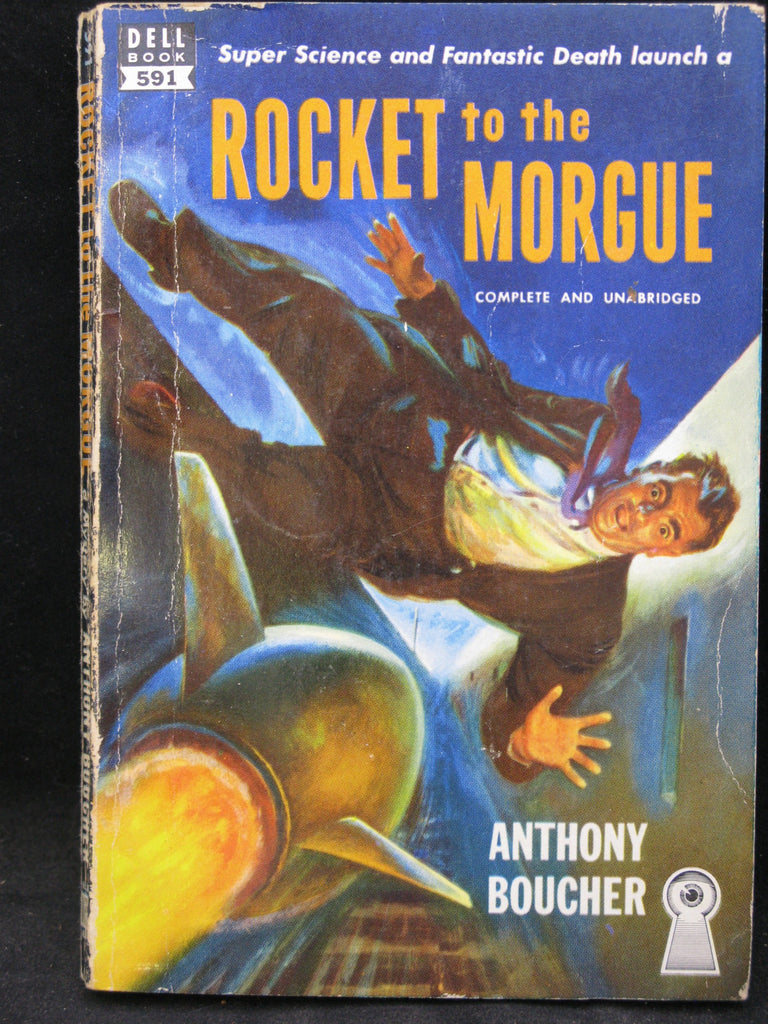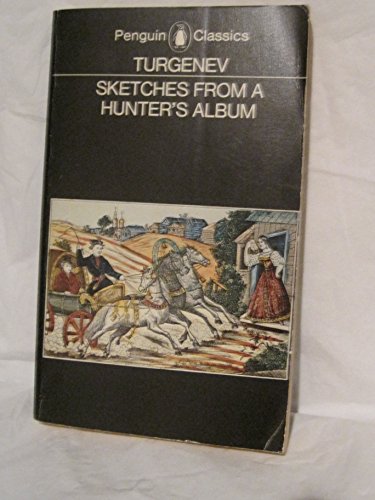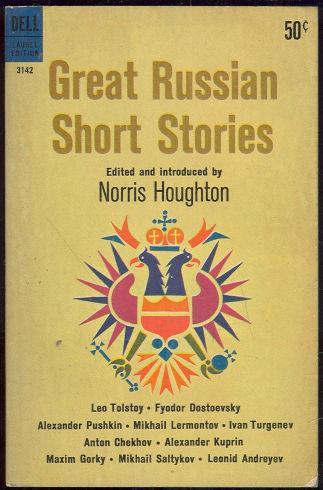Caledfwlch, was that Mabinogi/Otherworld cartoon representative of Welsh popular culture? The nudity and sex scenes would earn it an R rating here, I imagine, if it were a theatrical release.
Oh, the film won't give you much if any insight into Welsh Culture of any sort, beyond a peak at a particular part of its Cultural Legacy and History - The Mab, iirc is considered to be very important as its a very early collection of folk tales/legends/myths/real history partially remembered that has endured into the Modern Age, because someone actually collected those tales and sat down to record them in writing. Welsh/Briton folklore comes from a Culture of Oral Traditions, Tales and Legends being collected passed along between Wandering Bards, their Apprentices and their inspired listeners passing the stories on orally to friends, family, children, so the depths of how much knowledge about our past is missing is truly horrifying, thus on the rare, though as time wore on, and more people became Literate, Monks in Monasteries, or Scholars in Centres of Learning, writing down and recording the knowledge, occasions, the further back we go, the more important those written recordings become. In past Times, when children would learn the tales and traditions of their family, their people, village, realm, and culture at the knees of their parents and grandparents, the living link could easily be broken, every attack on a population centre, large and small, an accident, war, plague or famine lessens the knowledge and understanding of a people when it's an Oral tradition.
Look how little we know about the Druids of ancient Britannia and Ireland - it is generally believed that Druids were generally Literate, but Doctrine prohibited them from writing down their knowledge, their secrets, the stories, tales and Histories, both ancient and things that happened the week before, I am not sure if it is known for certain why this Prohibition existed, but I believe a popularly held reason is that Writing was a gift of the Gods, and thus only the Gods, or one Chosen by the Gods were allowed to write. And if you believe yourself, or are believed by your peers to have been chosen by the Gods, your not going to waste your time writing down old wives tales, or "gossip" such as when you watched that cool King Arthur guy take a mortal blow, or indeed anything he ever did, an utter waste of such a divine gift

I think it is very easy to Argue that there is no modern popular "Welsh Culture" but several, due to various historical events, the peoples of the various Regions of Wales can be, or seem to be wildly different, but of course, as different as we can be, as divided as we can sometimes seem to be, we are still united by much more.
The daily life, traditions, social, cultural and otherwise for example, of a person living in the Coal Mining (or these days former Coal Mining) towns and villages of "the Valleys" is very different to the life of someone from, for example my home region of Ceredigion, a wild, and remote rural area, bordered to the West by Cardigan Bay and the Irish Sea, who's largest population centre (my hometown of Aberystwyth) only has 16,000 people, there are only 5 other towns in the County, and none of them, including the Shire town, Aberteifi (Cardigan) has a permanent population of more than 4000 people, and then the people of the somewhat similar to Ceredigion, County of Pembrokeshire, which again is predomidantly Rural, but with a collection of towns, and 2 sea Ports vital to trade in Wales & the UK, such as the Oil Refinery Port of Milford Haven, none of which can match the population of Aberystwyth, but which are generally a fair bit larger than the other 5 towns of Ceredigion, the people of the heavily urbanised and industrialised Strip along the South Wales Coast, including the capital City, and 2 other cities, or the County of Gwynedd, a predomidantly rural place dominated by the Snowdonia Mountain Range, and their Giant centrepiece, Mount Snowdon,and a good handful of towns, large and small, and a City can be radically different.
Pembrokeshire for example was the part of Wales most heavily colonised by the Normans/English. Despite being as far from England in Wales as you can get without having to stand in the Irish Sea, it long held the nickname "Little England beyond Wales" I cannot remember if the Normans/English employed the more horrific war crime side of colonisation, mass murder and forced relocation/eviction of the locals, but they certainly employed the tactic of out populating the native population, bringing in English and Flemish Colonists in numbers so hugely significant, they dwarfed the native populace, to make it a haven safe for the Colonists from being attacked, or to them, even worse, having to share resources such as food, fresh water, and (employ Norman Shudder) have those Welsh Creatures living next door, or rubbing shoulders with you as they pass in the street, or tavern..
That Colonisation is still evident in certain ways thanks to the use of what I suppose you could call Apartheid - in the whole of Wales, the Welsh would be second class citizens in their own country for centuries and centuries to come - Castle Towns like my Aberystwyth used repressive laws Prohibiting Welsh people from living within the town walls for example, the list of oppression and repressive and oppressive laws in medieval times would probably take hours to properly list and explain!
A Map of Ceredigion or Gwynedd features an endless barrage of Welsh names, part of the Trio of Counties who form what some unfairly call Welsh Wales (the people of the Rhondda, Powys, or Deeside are just as Welsh) the Trio is comprised of, Ceredigion, Sir Gaerfyrddin
(Carmarthenshire) and Gwynedd form a tract of land that Stretches from the Southern Welsh coast overlooking the Bristol Channel in the South all the way to the Northern Coast of North Wales overlooking the section of the Irish Sea that crosses the top of Wales, and to the West, the Irish Sea located Cardigan Bay, and the Menai Straits (Except for Pembrokeshire which is the County West of Carmarthenshire and South of Ceredigion.
The Trio are the parts of Wales most heavily Welsh speaking, and outside of parts of Cardiff and its city centre, to where people of course from all over Wales move to live and work, as its the Capital, so your quite likely to hear Welsh being spoken on the Streets there, Swansea too, to some decree as its right next to Sir Gaerfyrddin, and the higher percentage of Welsh speakers of that County doesnt suddenly stop at the eastern county border with the City and outskirt regions of Swansea, it is in the Trio that you will hear Welsh being spoken all over in the streets, in the shops etc
And in the Trio, you will also see many, in Ceredigion & Gwynedd perhaps even the majority of Heddlu (Police) Constables on duty working and chatting in Welsh, to each other, to members of the public, and even on their Radios, in Aberystwyth certainly, you will hear Welsh as frequently, possibly even more frequently than English on Police Radios, if your standing near Constables, or patrol cars.
And whilst the Trio themselves do have a few English Place names used by some, these actually tend to be Anglicised versions of the Welsh place names, for example in Ceredigion, the Shire Town, Aberteifi is oft referred to instead as Cardigan, and the town of Llanbedr Pont Steffan as Lampeter - these are not actual English translations of the names however, but were created by Norman/English Invaders, then Conquerors and Masters mispronouncing the Welsh - Cardigan is a Norman's attempt to pronounce Ceredigion, hence the old Shire (an old form of County) being called Cardiganshire, and it's Shire town, Cardigan. Lampeter is your same Norman attempting to pronouncing Llanbedr, and being so lazy he can't even be bothered with the "Pont Steffan" (the full name actually translates as Bedr's Church, Stephens Bridge)
Pembrokeshire however has lots of English Place names, which utterly replaced whatever names may have been in use under Welsh hands, in places where there had been some sort of settlement prior to the Normans arrival, the original names long forgotten.
So you get towns & Villages with names like, Fishguard, Saundersfoot, Marloes, Milford Haven, Haverfordwest (it's not known for sure, but its commonly believed this town name is a corruption/contraction of "Hertfordshire in the West") Tenby, Wiston, Letterston, Rosebush, Manorbier, Spittal. In the last 3 or 4 decades when Welsh finally began getting official recognition and protection from the British Government in London, long before devolution and the Welsh Senate came into being, in Cardiff, Officials had the fun job of working with linquistic academics and Welsh experts in coming up with Welsh versions of the English place names.
The other most obvious sign of the Norman's Colonisation is that in Southern Pembrokeshire, especially in towns like Haverfordwest, the local people don't speak with a Welsh accent, but with a West Country English accent, though more like the lighter accent of Herefordshire/Worcestershire than the heavier accents of Somerset or Cornwall!!
The only way to identify a South Pembs person when speaking, is that they generally will pronounce any Welsh words that come up in conversation perfectly - they may have a weird and startling accent, but they are Welsh, and as Proud of the fact, and Loyal to the Red Dragon as any native of Aberystwyth, Porthmadog, Bangor or Caernarfon


Incidentally, In North East Wales, in places like Wrecsam (Wrexham) the people also speak with an English Accent, but again with perfect pronounciation of Welsh, specifically they speak with a variation of the Scouse Accent (that of the English City of Liverpool and Merseyside/Birkenhead)
When you get further West into North West Wales, they speak with the very distinctive nasal "Gog" Accent (nickname for North Walians, from the Welsh for North, Gogledd) the North Walian accent is very different to that of Ceredigion, and very, very different to that of the South Wales Valleys.
So it's very hard to claim anything as being Welsh popular Culture, in the sense that the peoples are so very different based on various Historical reasons. We people of North Ceredigion and the entirety of North Wales also takes a very great pride in the fact that we were so Rebellious, so difficult to defeat, and literally rebelling against English rule every few weeks or months, that Edward Longshanks (King Edward 1st) was forced to build the Ring of Iron, a ruinously expensive circle of Castles, and in many cases, we aren't talking little castles, but massive fortresses, absolute pinnacles of Medieval Castle Construction at its very best, built with and displaying what at the time was the very latest and best cutting edge technology in Fortress Construction



. I think if you translated the cost of building the Ring of Iron into modern money, we would be talking multiple billions of pounds!!
Equally, the output of S4C, the Welsh Language TV Channel is arguably only representing some very narrow bandwidths of peoples, the Welsh Speaking Middle Class of North & South Wales, especially the cities with a side helping of stuff to do with Farming & Rural stuff, for the Rural Peasants in the Trio of Counties. And it's all being written and told by that Welsh speaking middle class, it's basically the Welsh Language version of the Sharp Elbowed Middle Classes that you see reflected in the Home Counties & London dominated Britain wide TV channels, for much of their output everybody talks a certain way, subscribes to a certain set of political beliefs, fashions and so on. Like in Shows about families whether sitcom or more serious, unless the production team are working some serious angle on working class life, the families are generic Home Counties Middle class, more middle middle, than lower middle usually, with generic passionless Received Pronunciation accents, they live in large comfortable houses that dwarf those lived in by most British people, Mother and Father have generic upper MC Professional jobs, the kids bedrooms have more toys and posessions than most 1 or 2 British Kids will receive in their entire childhood, they just bring out the Richard Curtis rose tinted camera lens and portray "Ordinary stories" about "ordinary people" that most Brits simply wouldn't recognise, because the producers are so elitist they are desparate to prove and show they aren't elitist. S4C is like that, but it's all in Welsh. Then, over at BBC Wales, you have exactly the same, but with the language in English and generic South Wales accents, carefully airbrushed to remove any regional variation or "common" stuff like Wenglish phrases, except for certain caricatures. (Wenglish referrs to how working class Welsh people speak in English, whether its words unique to Wales, such as Daps, words or phrases that mix welsh with english, or are proper welsh words/expressions, but even non Welsh speaking Welsh people use, like "uchafi" (which means ewww basically, like eww, I just stepped in dog poo) or the way we Welsh people, even if a person doesn't speak Welsh essentially apply Welsh Grammar to the English language. typical Wenglish phrases can be
"Who's coats that Jacket?"
"Where to are you going?"
"I to go over there, is it?"
"duw, lookyou Owain, you just got dog poo on your daps! achyfi butt."
Owain replies with a nasty comment about the paternity of your father
"sake man, talk tidy to me, isn't it, butt'"
Like, butt, the one phrase that drives English people rabidly insane as the English Brain apparantly simply cannot comprehend it, their ordered anglo saxon mind simply cannot discern any logic from it, its also too vague for them, and they cannot believe that between Welsh people it's meaning and intent is completely understood, that it's considered a perfectly sensible thing to say




I spent 5 years living in Yorkshire with my ex Fiance who was a Yorkshire Lass, and even 4 and a half years into the relationship, this phrase would send her wild, screaming, eating the carpets crazy with annoyance!!

Typical conversation between me and Emmy that would happen, with enough frequency that you would think the poor Chick would simply give in and ignore it rather than torture her ordered English mind.
Emmy: Burble burble burble (I can't hear, im listening to something on tv
Me : "whats that lovely?"
Em: "as I were saying, did yer hear that? sure I heard summat owt in the Ginnel" (Ginnel is Yorks for alley)
Me: "Nah, prob next door banging his daps out on the doorstep again, "
Emmy: "Fair nuff, Babes, im reet knackered, A'm going't Bed now, you cooming oop too?, I wan a snuggle before sleeps"
Me "aye chick, be up in a moment, just gonna feed the cats and check my email"
Em "K babes, loves ya" shuffles off "oopstairs"
10 mins later, I'm still sat in chair nice n sleepy . stroking 1 of the cats who is purring, despite still unfed
Em "Babes, hurry up, I want snuggles!!"
and here it is, the line that can cause English Minds to go into Conniptions whatever they are.
Me "not long,
I'll be there now in a minute butt"
Em "Oh for..." a swearing outburst that quite frankly is shocking for a lass her age at the time" (she was 18 and I 27 when we got together)
Em "what the bloody 'ell does it even mean for gods sake? wtf? seriously! more swearing about the stupidity of being with crazy welshmen"


Genuinely that phrase makes perfect sense to me, it does what it says on the tin, I will be with her now, in a minute
Regarding the nudity etc in Y Mabinogi - the British Board of Film Censors gave it a 12 Rating, which means its suitable for children of 12 years old and older.







